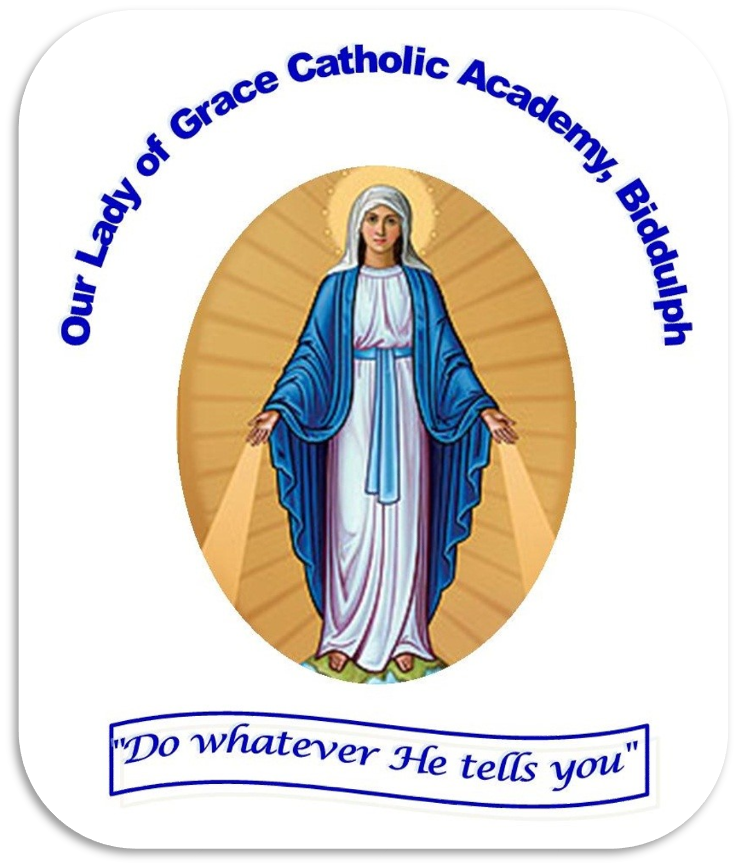Plants
|
PLANTS (BIOLOGY) |
|||||||||||||
|
Statements in red are linked from other topics |
|||||||||||||
|
Progression in Scientific knowledge, concepts & skills |
EYFS (Early Learning Goals) |
Year 1 |
Year 2 |
Year 3 |
Year 4 |
Year 5 |
Year 6 |
KS3 |
|||||
|
Concepts Structure Function Variation Growth
Working Scientifically
|
Children know about similarities and difference in relation to places, objects, materials and living things.
Children talk about features of their own immediate environment and how environments might vary from one another
Children make observations of animals and plants and explain why some things occur and talk about changes
|
Identify and name a variety of common, wild and green plants, including deciduous and evergreen trees
Identify and describe the basic structure of a variety of common flowering plants including trees |
Observe and describe how seeds and bulbs grow into mature plants
Find out and describe how plants need water, light and suitable temperature to grow and stay healthy
Identify and name a variety of plants and animals in their habitats, including microhabitats (Living things and their Habitats)
|
Identify and describe the functions of different parts of flowering plants: roots, stem/ trunk, leaves and flowers
Explore the requirements of plants for life and growth (air, light, water, nutrients from soil, and room to grow) and how they vary from plant to plant
Investigate the way in which water is transported within plants
Explore the part that flowers play in the life cycle of flowering plants, including pollination, seed formation and seed dispersal
|
Recognise that living things can be grouped in a variety of ways
Explore and use classification keys to help group, identify and name a variety of living things in their local and wider environment
Recognise that environments can change and that this can sometimes pose dangers to living things (Living things and their Habitats)
|
Describe the life process of reproduction in some plants and animals (Living things and their habitats)
|
Describe how living things are classified into groups according to common observable characteristics and based on similarities and differences, including micro-organisms, plants and animals
Give reasons for classifying plants and animals based on specific characteristics (Living things and their habitats)
|
Reproduction in plants, including flower structure, wind and insect pollination, fertilisation, seed and fruit formation and dispersal, including quantitative investigation of some dispersal mechanisms
|
|||||
|
Possible Learning Challenge Questions
|
|
Which birds and plants would Little Red Riding Hood find in our park? |
How can we grow our own salad?
|
How does your garden grow? |
|
|
|
|
|||||
